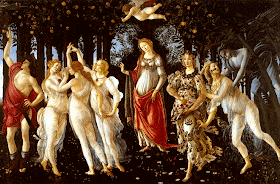As a part of recognizing this day, we had photography professor Travis Lovell help us in a discussion about the photographers behind the images--many of which have become icons in our culture.
During the Crimean War (the first war with photographer Roger Fenton), the set up to get images was nothing short of massive. If photographers complain today about having to cart around a bag of things, it might be good to remember early photographers had to not only carry their gear, but also their darkroom with them!
Because the collodion processes being used took time for set up and exposure, the images from the Crimean war were often staged. They were also meant to be propaganda to show all those nay-Sayers back home what a noble and purposeful war this was! (In case you didn't know, the Crimean war was England's Vietnam...)
 |
| Alexander Gardner |
 |
| Rebel Sharpshooter by Alexander Gardner |
The Civil War, also, was more aftermath than action pictures for the same reason. You end up with a lot of questionable staging, such as the pictures above. One was taken where the soldier died and the other, his body was moved to another location for a photo op. Which do you think is the original?
 |
| Raising of the Flag on Iwo Jima by Joe Rosenthal |
 |
| The Kiss by Alfred Eisenstaedt |
World War II brought about some of the most patriotic and well known photographs.
 |
| General Loan Executing a Viet Cong by Eddie Adams |
 |
| Children running from their burning village. Nick Ut won a Pulitzer Prize for this image. |
 |
| Survivor of Hutu Death Camp James Nachtwey |
If you find the developments of photography interesting, watch the video here, where Travis also discusses with the team from Framed Network the history of photography. You can also see some of the work Travis produces on his website.
*We discuss these images on the podcast, but because of the disturbing nature of these photographs, we will allow you to search those, if you are interested.










